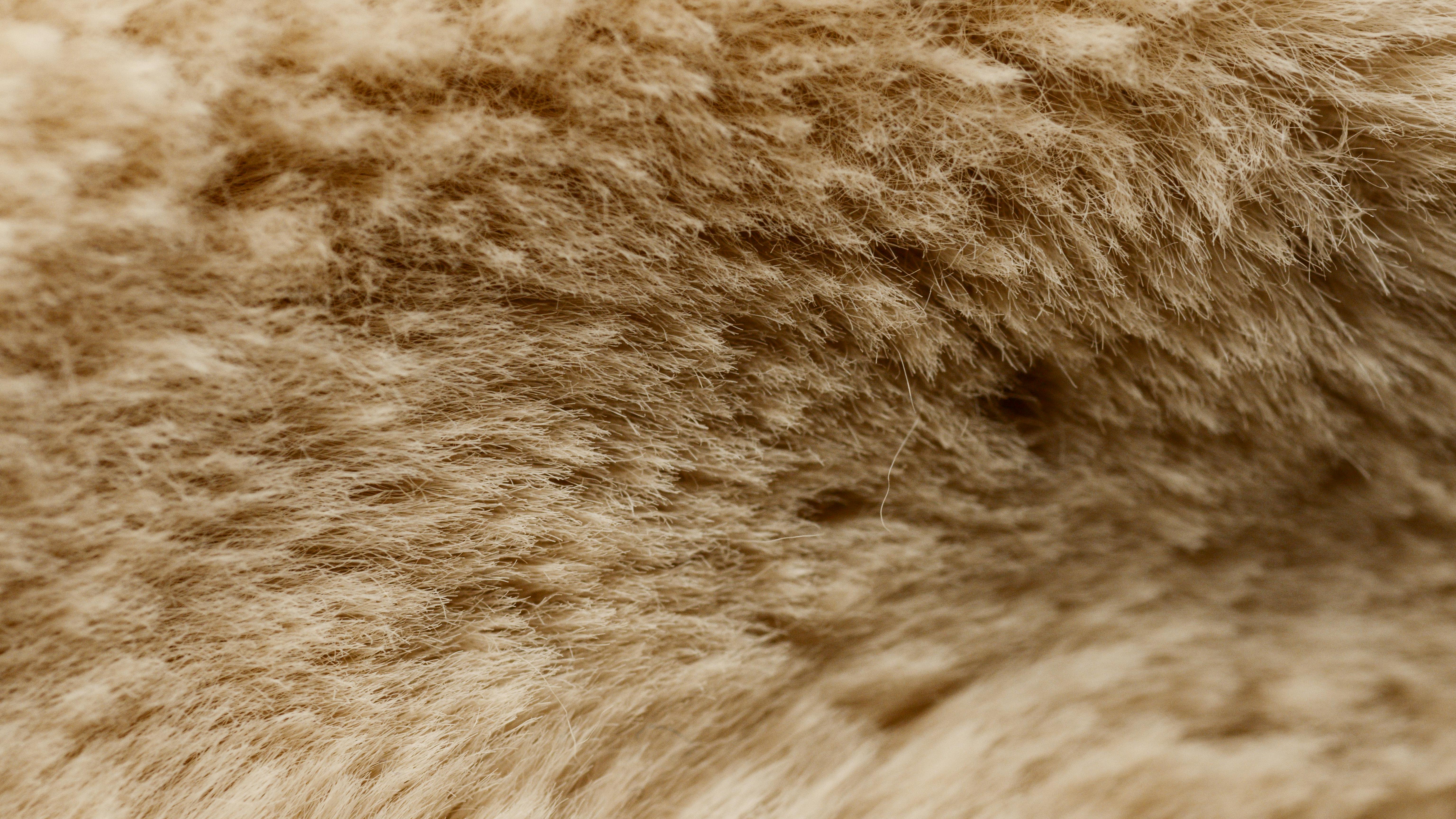
About the project
The ageing of the population currently presents one of the most significant social and economic challenges faced by the European Union. All projections predict an increase in the number and share of older adults (aged 65 and above), with an especially rapid increase in the number of individuals aged 85 and above. These demographic changes will introduce significant economic consequences, as the need for medical treatments and their cost will increase considerably. The adaptation and adjustment of the older adults’ environments, including their homes, using information and communication technology (ICT) and improved building design, will play a crucial role in ensuring a comfortable and active life of older adults.
Aging is accompanied by several physical and psychological changes and illnesses. Beside the decrease in motoric and cognitive capacities, a deterioration of the sensory systems occur – this is especially pronounced in sight. With old age the lens in our eyes thickens, lose transparency and gain a yellow hue, which causes a deterioration in visual acuity. The responsiveness of the eyes changes as well – as the muscles in the cornea weaken, the pupil narrows and loses responsiveness to sudden changes in the brightness of the immediate environment.
Older adults spend a majority of their time indoors -be it at home, in retirement homes, or other institutions, where lighting conditions rarely meet their specific needs. The light is often too weak, causing increased levels of stress and feelings of discomfort in older occupants.
The aim of the project is to combine modern ICT, principles of ergonomics and building design, and produce a responsive, self-learning indoor lighting system, that will be adapted to meet specific needs of older users. The company Riko Hiše d.o.o. is collaborating in the project as an industry partner – in that role, the company will contribute valuable knowledge and practical expertise, while ensuring that the smart lighting system is developed in the context of the entire indoor living environment. Two other companies are collaborating in the project as volunteers, contributing domain-specific expertise to ensure the project’s success and add value to its results: Intra Lighting d.o.o., and the InnoRenew CoE. Specific knowledge from the field of indoor light and luminaire design will be contributed by Luccio Gobbo, now retired light designer and project manager at Intra Lighting d.o.o. Marko Posavčević is collaborating as a volunteer from the InnoRenew CoE, and will contribute knowledge on the biopsychological aspects of human wellbeing in the built environment.
Project activities
- State-of-the-art review and needs assessment;
Following an exhaustive review of existing literature, and a survey study, a model will be formed, outlining the key needs and wishes of targeted users regarding indoor lighting.
- Defining functionalities and designing the smart indoor lighting system;
The model will be translated into a set of basic functionalities of the smart lighting system. The needs for functions will be compared to the readily available technology. This will be followed by the selection of the development platform, based on which a plan for the smart lighting system will be designed.
- Production of a smart indoor lighting system prototype;
- Lighting system implementation and testing;
- Publishing of project results as at least one scientific and one professional paper.
Project partners
6 students:
- 2 Computer Science undergraduate students (UP FAMNIT);
- 1 Computer Science masters student (UP FAMNIT);
- 1 Biopsychology undergraduate student (UP FAMNIT);
- 1 Biopsychology masters student (UP FAMNIT);
- 1 Applied Kinesiology masters student (UP FVZ).
1 industry mentor:
- Bojan Lukšič (RIKO HIŠE proizvodnja in trženje, d.o.o.)
2 pedagogical mentors:
2 volunteers:
- Lucio Gobbo (Intra Lighting d.o.o.);
- Marko Posavčević (InnoRenew CoE).



